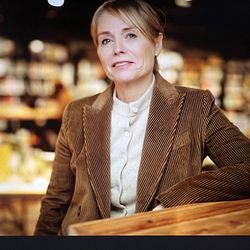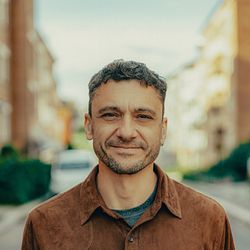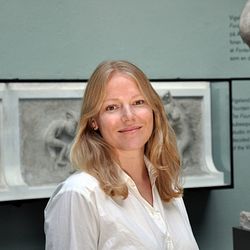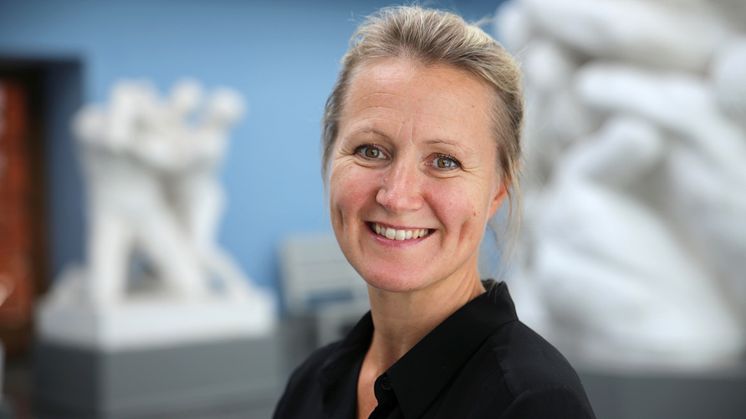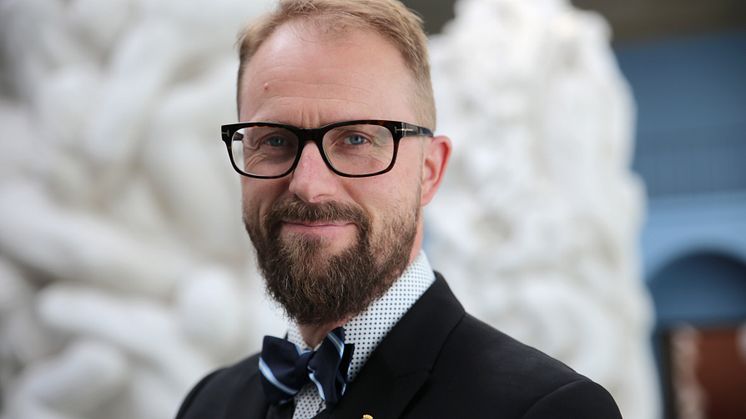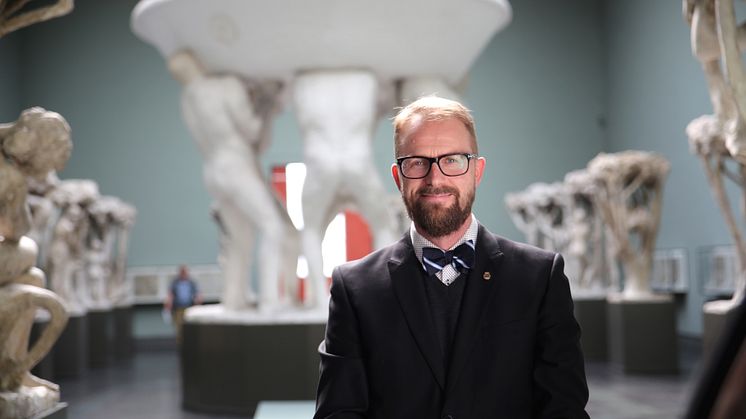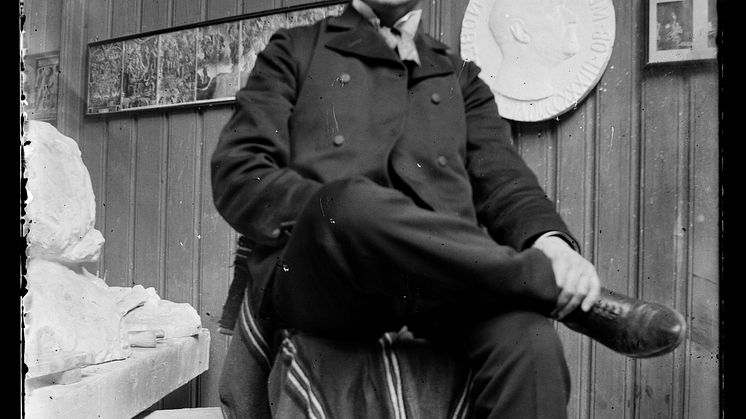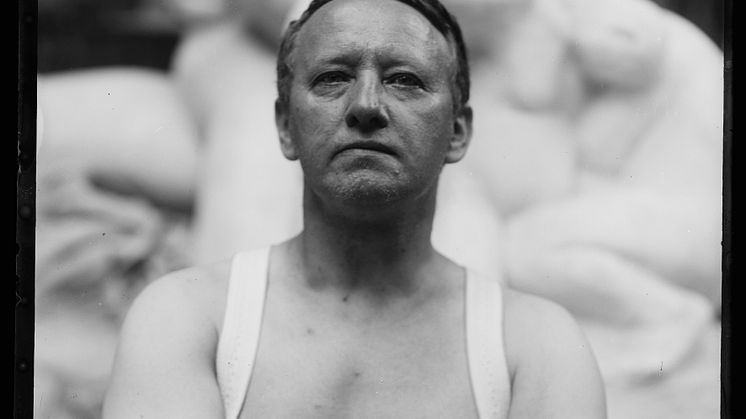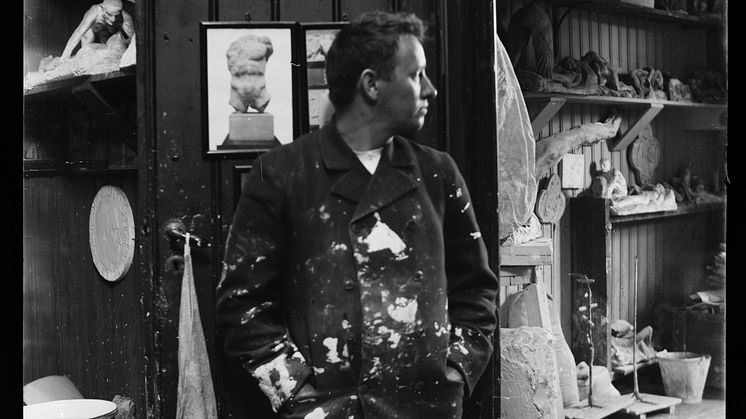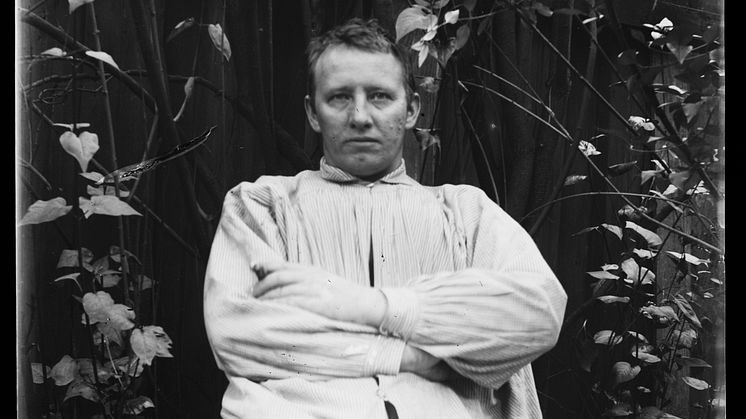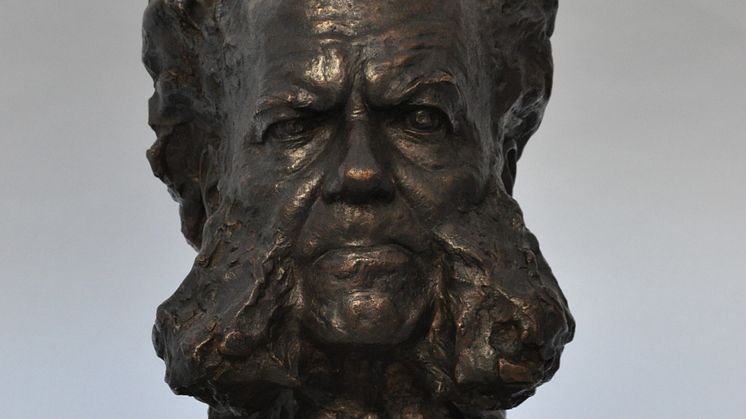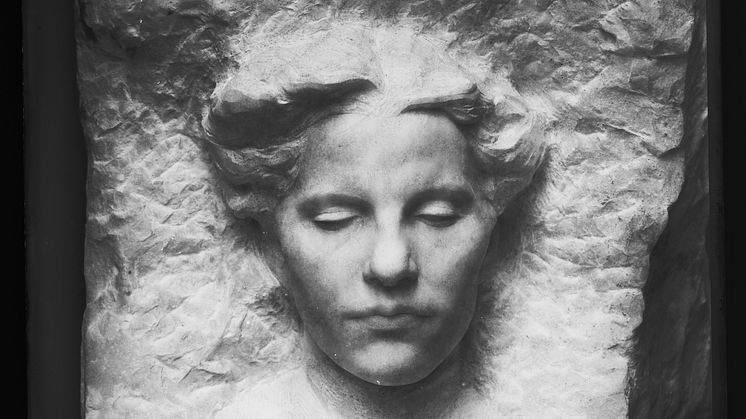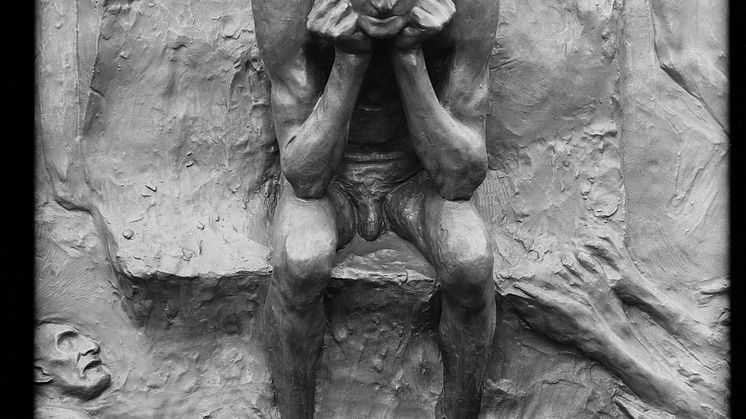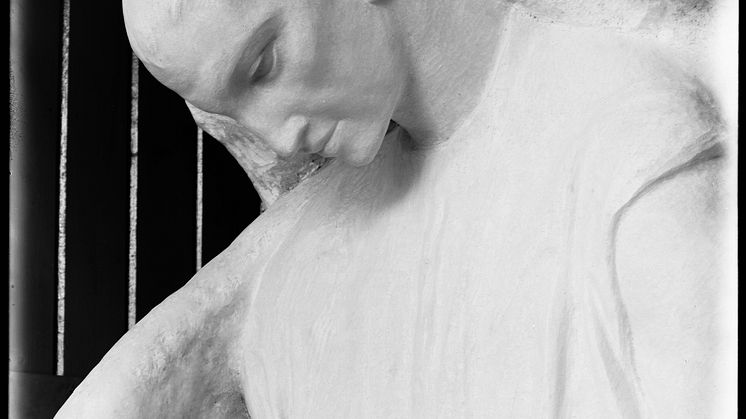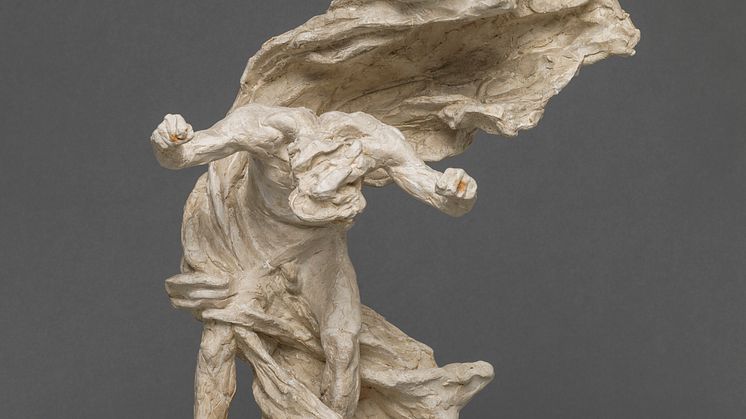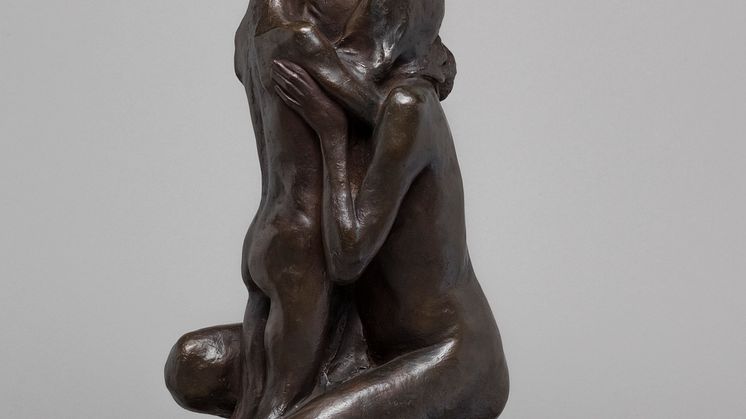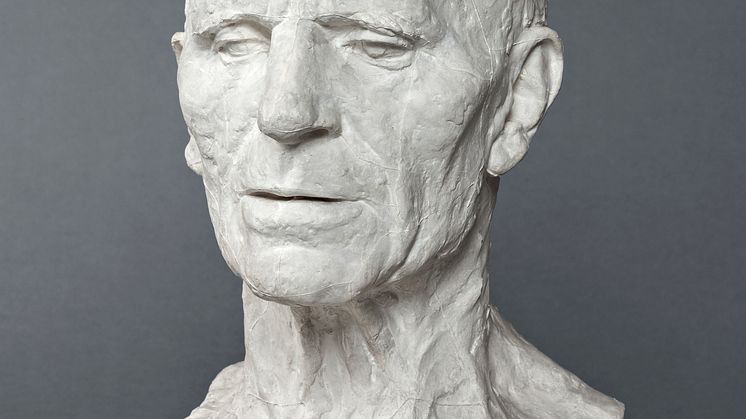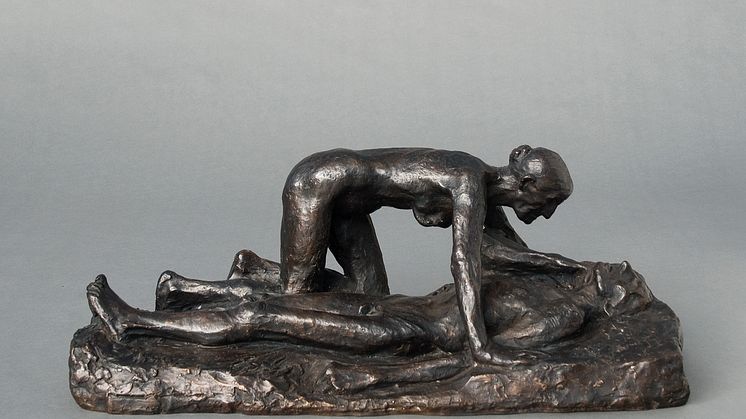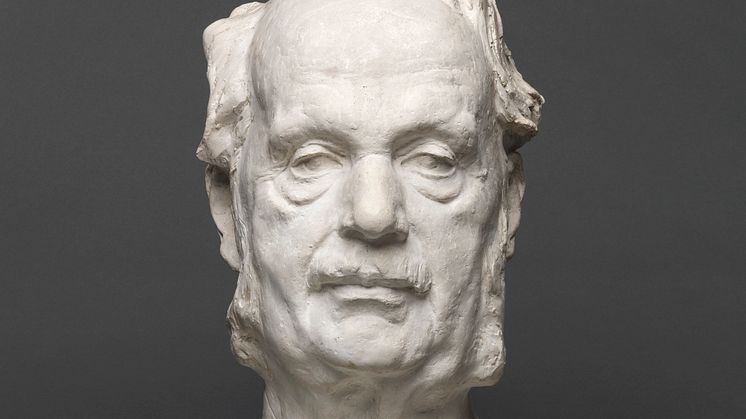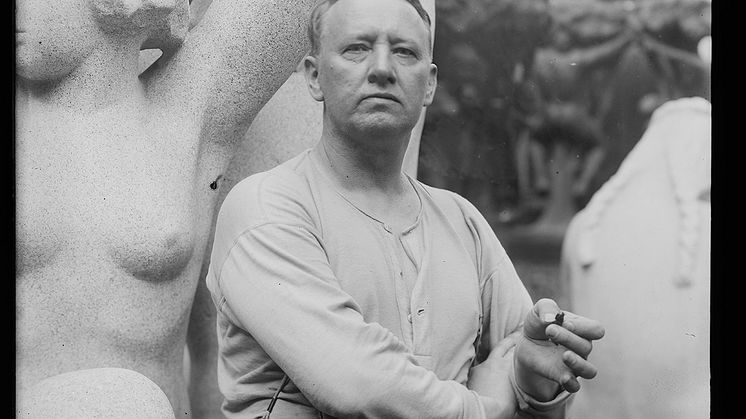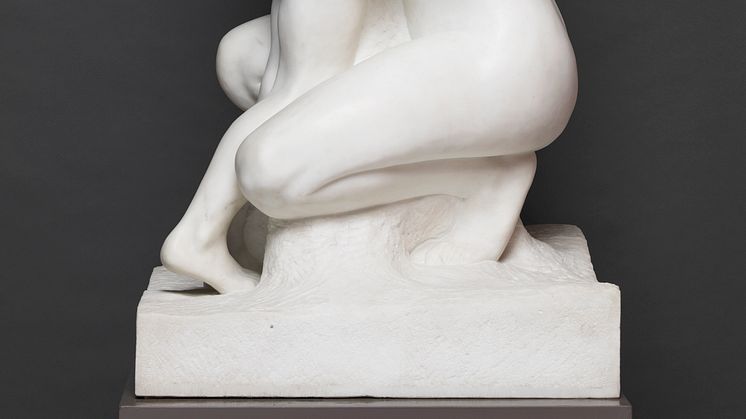
Nyhet -
Press release: PARALLELS. Gustav Vigeland and his Contemporaries. The Vigeland Anniversary Exhibition
PARALLELS
Gustav Vigeland and his Contemporaries
Meunier / Rodin / Maillol / Bourdelle
12 April – 15 September 2019 in the Vigeland Museum, Oslo
The exhibition celebrates the 150th anniversary of the sculptor Gustav Vigeland’s birth (1869-1943). Alongside Edvard Munch, Vigeland is Norway’s most famous artist. He made his debut in 1889, and during the 1890’s he established himself as one of Norway’s most promising sculptors. His breakthrough came in 1908 with the celestial monument to the Norwegian mathematician Niels Henrik Abel, and during the first decade of the 20th century he made several critically acclaimed portraits and monuments. From 1907 he became gradually more preoccupied with his great Fountain, which was later to become an integrated part of the Vigeland Park in Oslo, today one of Norway’s most visited tourist attractions.
In the exhibition, Gustav Vigeland is presented with the following artists: Antoine-Louis Barye (1795-1875), Constantin Meunier (1831-1905), Auguste Rodin (1840-1917), Aristide Maillol (1861-1944) and Antoine Bourdelle (1861-1929). The aim of the exhibition is to place Vigeland’s artistic development in a broader art historical context. The exhibition will focus on Vigeland's own interest in the selected artists, the formal and thematic similarities and differences between their works, as well as Vigeland's development towards a more simplified form - contextualized by a juxtaposition with Maillol and Bourdelle.
The selected artists occupy a central position in the development of modern sculpture, and these are artists Vigeland was particularly interested in. The selection is based on Vigeland's own photo collection, books and exhibition catalogues in Vigeland's library, as well as his notes and letters where he comments on these artists.
Exhibited works:
The exhibition consists of
- 56 works by Gustav Vigeland
- 17 works by Auguste Rodin (11 on loan from Musée Rodin)
- 6 works by Constantin Meunier (four on loan from Glyptoteket and two from Musée d’Orsay)
- 5 works by Antoine Bourdelle (on loan from Musée Bourdelle),
- 5 works by Aristide Maillol (two on loan from Musée d’Orsay)
- 3 works by Antoine-Louis Barye (on loan from Musée d’Orsay/Musée du Louvre)
Exhibition curators:
Guri Skuggen, guri.skuggen@kul.oslo.kommune.no, +47 905 81 218 (photo attached)
Jarle Strømodden, jarle.stromodden@kul.oslo.kommune.no, +47 997 49 229 (photo attached)
More about the exhibition
Towards the end of the 19th century a transition occurred in European sculpture, which can be compared with the development in painting a few decades earlier. The transition consisted on the whole of a break with the foregoing academic tradition, or “salon” sculpture, where the motifs were mainly linked to mythological and allegorical themes and the form was delicate and thoroughly developed. As in painting, the break at first consisted of a greater degree of realism, and eventually one could also detect elements of Impressionism in the field of sculpture. The surface became more “painterly”, with traces of the artist’s hand in the modelling and greater emphasis on the play of light and shadow. Another typical feature of the emergence of modern sculpture was the transition from religious and mythological themes to more common, or contemporary, motifs.
Rodin was considered a forerunner of this development. Although he did not represent a radical break with the foregoing tradition, his experimentations with form and movement and his choice of motifs were seen as liberating. Meunier is also considered a pioneer. In his realistic representations of workers one finds both a simplification of form and an omission of unnecessary details, which was a sign of what lay ahead. At the beginning of the 20th century the movement split into various directions, but a (gradual or radical) simplification of form can be said to be a common denominator. In some artists, such as Bourdelle, this was a step in the development of a monumental idiom; in others, such as Maillol, a testing of questions related to form, which may be compared with the development in painting.
The trajectory of Gustav Vigeland’s artistic career runs parallel with this development. Nevertheless he is often seen as one who stood apart, almost outside the realm of art history, and he has been difficult to place within a distinct group or movement. When one follows his artistic development, one can nevertheless see that his experimentations with form, as well as his interests and ideas, have a lot in common with European artists who are often considered pioneers in the emergence of modern sculpture.
The exhibition PARALLELS. Gustav Vigeland and his Contemporaries will place Vigeland in an international context, with a focus on the years 1890–1915. During this period he kept abreast of the developments in Europe by travelling and visiting current exhibitions. He ordered books and photographs of works by artists he was interested in, and subscribed to a number of international art journals. At the beginning of the 20th century Vigeland also exhibited on several occasions together with Rodin, Meunier and Bourdelle.
Catalogue:
Publisher: SKIRA Editore
Authors:
Guri Skuggen – art historian and curator at the Vigeland Museum, Oslo.
Topic: Gustav Vigeland and his interest in European art, as well as Vigeland’s position in the first decade of the 20th century, both nationally and internationally.
Suri Levine – professor of art historian and presently dean of the school of humanities, arts and cultural studies at Hampshire College, Amherst, MA, USA.
Topic: Constantin Meunier and his Monument to Labor.
Christine Lancestremère – art historian and Head of the Conservation Department at the Musée Rodin in Paris.
Topic: Auguste Rodin and his public monuments.
Jarle Strømodden – art historian and since 2005 director at the Vigeland Museum, Oslo.
Topic: Aristide Maillol’s sculptures.
Amélie Simier – art historian and since 2011 director of the Musée Bourdelle in Paris.
Topic: Antoine Bourdelle and his development towards a monumental style.
